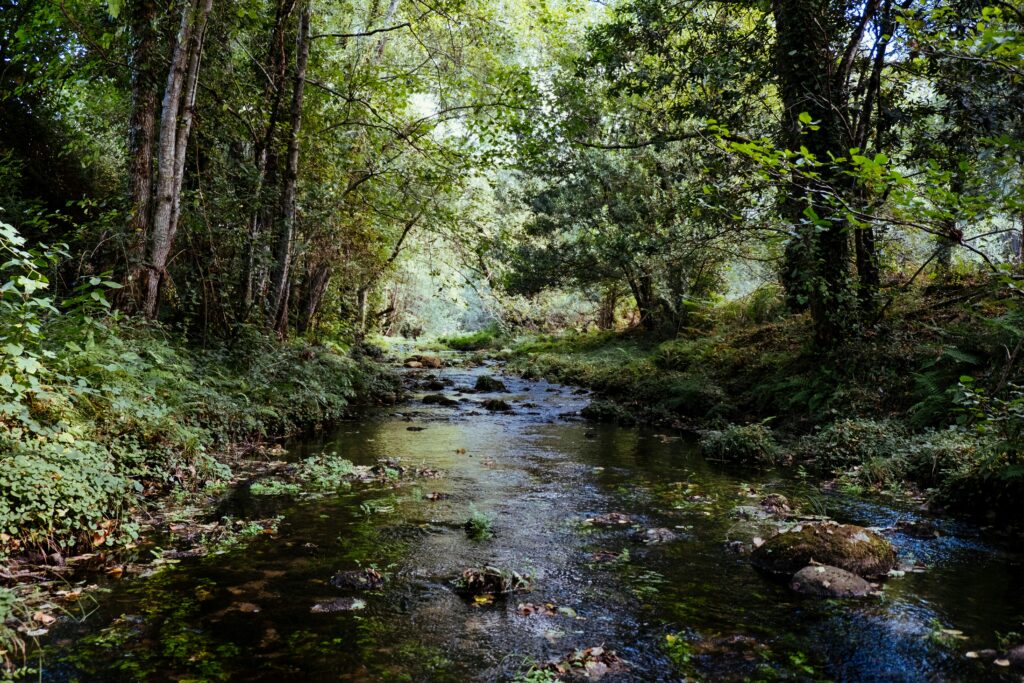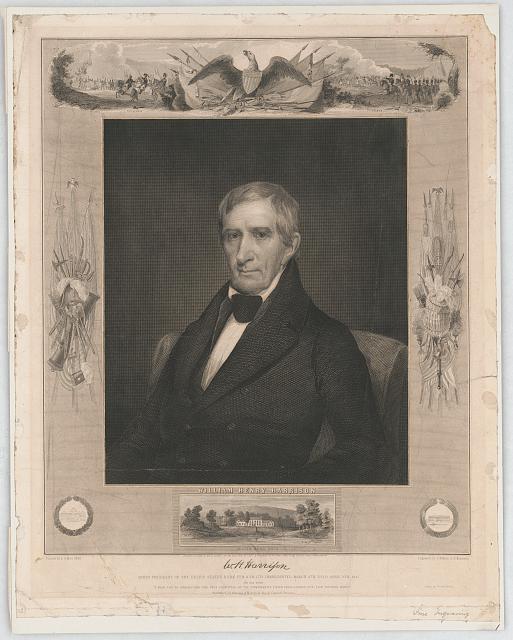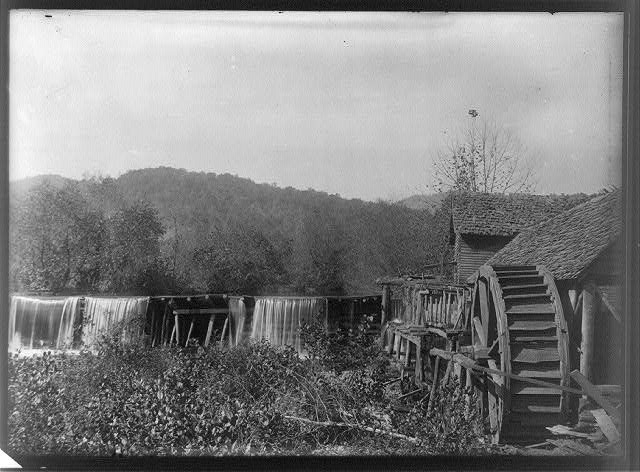Today, I headed to the library in Sandusky, Ohio to read a reference book titled Margaretta Township and Castalia Village: Past and Present (Cold Creek Girl Scouts, 1976). Thank you, Girl Scouts! In this slim volume of history, I hoped to find pieces of information to further fill out my understanding of Wells Waite Miller, a largely forgotten Civil War hero from Castalia—and I’m happy to report that I did. In this post and its sequels, I’ll link to previously written posts and add more details to the stories.

More Details About the Castalia Massacre
I’d previously written about a horrific event, the Castalia Massacre. This happening unfolded in June 1813 in a small settlement along the banks of Cold Creek (“rises here a stream that never freezes”) in which white settlers were either killed or kidnapped by Native Americans.
Here’s a quick overview. A small band of white settlers had chosen this as their frontier home, including Dorastus P. Snow who had left Vermont in 1810 with a band of twenty. Snow, Putnam, and Butler families came with twelve children and two “bachelors.” The land they saw was filled with game (with turkey particularly noted) and, unfortunately, snakes. In just one day in 1812, settlers reportedly killed 175 potentially deadly rattlesnakes.
Snow built the first log cabin and grist mill along Cold Creek; the location chosen was apparently where Native Americans would take the waters for medicinal purposes (and, most likely, fished), making some sort of clash inevitable. (You can read the heartrending details of what happened to this settlement in my post about the massacre.) At some point afterwards, Snow retreated to New York; his pregnant wife Hannah and some of their children had been “butchered” in the attack. Upon his return, he was awarded one hundred acres of land. The history book speculated on reasons why, including to build a mill or as a reward for his fortitude.
Those who hadn’t survived the massacre are buried with a marker in Castalia Cemetery as its first internments. Others had been captured by the Native Americans and taken to Detroit to the British. When freed, the book I read today said they followed General William Henry Harrison to freedom. Harrison fought against the British in the War of 1812 and went on to become president of the United States.

Connections to Wells Waite Miller include how Castalia was his home, starting in 1852 when he was ten until his death in 1906. The massacre took place on land that, later, his father in law Calvin Caswell apparently purchased for his home. Plus, the massacre victims were buried where, someday, both the Miller and Caswell families would be. As I drove through Castalia today, I saw the marker that commemorated the massacre as well as the sign that calls Cold Creek the stream that never freezes.
Early Margaretta Township

In this same era on July 4, 1812, Major Frederick Falley named the township “Margaretta” after his mother, sister, and several nieces. Apparently, the Falley family really liked the name. Before that, the area was being referred to as Patterson Township after a “vile and treacherous man” named Hugh Patterson. Back in 1805, an “old Chief” named “Crane” had asked the governor of Detroit to remove Patterson “without delay, as they [Patterson, a man named Williams, and another man] were contriving mischief and troubling the Indians.” This message was written by the Reverend Joseph Badger on behalf of the chief by the light of a beeswax candle. The request was apparently granted. (Author’s note: I fully applaud not naming townships after vile, treacherous men.)
Falley (who had apparently served as a fifer in the Revolutionary War at the age of eleven at the Battle of Bunker Hill) became one of Huron County’s first commissioners in 1815. As Margaretta Township developed, mills, distilleries, and even a cotton factory were built along Cold Creek, which provided the mill-powered energy for the manufacturing processes.
I will pick up stories from Margaretta Township and Castalia Village: Past and Present in a second installment that includes mentions of not one but two future presidents.
Wells Waite Miller: Exploration of His Life and Times
I’d like to share my research about Wells Waite Miller from Castalia, Ohio with you. Although I’ve written the material in the order in which I’ve found research material, I now roughly have the posts in the order in which the events occurred.
Blog posts I’ve written on the subject so far include:
- Wells Waite Miller’s America
- Thomas Miller: Ancestors in England
- Great Puritan Migration
- Scandal in the Colonies
- Calm in the Eye of the Storm
- Aaron Miller: Born Under the Drumbeats of War
- Grandparents, Parents, and Siblings
- Enfield, New York
- Ohio Bound
- Oberlin Years: Fierce Debates About Abolitionism
- Enlisting in the Civil War
- A Look at Lodowick G. Miller
- Captured: Camp Parole
- Marching Towards Gettysburg
- Picketts Charge and 43 Bonus Years
- Glory Days to Invalid Corps
- Castalia Massacre
- Calvin Caswell
- Calvin Caswell, Continued
- Obed Caswell And Walter Caswell: Story of Brothers
- Miller Family Mystery Solved?
- Miller Family Mystery Solved, Part Two
- Amos and Corinne Miller
- Oscar Schultz Kriebel, Part One
- Oscar Schultz Kriebel, Part Two
- Oscar Schultz Kriebel, Part Three
- Oscar Schultz Kriebel, Part Four
- Erie County, Ohio for Congress
- Wells Waite Miller: Republic Candidate for Ohio Governor
- Ohio Antietam Battlefield Commission
- “Speaking the Names: A Tale of Two Brothers” at Ashland University’s Black Fork Review
I invite you to become part of this journey, sharing my posts with people who enjoy reading historical biographies.
If you read this material and have additional information that’s directly tied to Miller or sets context about his life—or you’ve spotted errors—please email me at kbsagert@aol.com.